Canada - Review of penetration failures in past vent and burn procedures, and consideration of possible solutions
For more information and to make a bid you will need to go to the third party website.
Details
Provided by
- Opportunity closing date
- 06 January 2025
- Opportunity publication date
- 13 November 2024
- Value of contract
- to be confirmed
- Your guide to exporting
Description
The TDG Directorate is undertaking a project to analyse past incidents where the vent and burn technique was executed and subsequently failed, to determine if there are any possible solutions that can be considered, based upon the existing research on this topic that was carried out over 20 years ago. From 2004 to 2006, TC-TDG and its partners conducted tests using commercially available shaped explosive charges on highway tanks to further develop the last resort technique known as vent and burn. The outcomes from this previous research project can be found here: https://tc.canada.ca/en/dangerous-goods/last-resort-vent-burn. This technique is used to prevent a catastrophic tank failure or an uncontrolled release of liquified petroleum gas (LPG), or other liquefied flammable gases in the environment during an incident, when no other remedial measure is viable. Current practice for this technique involves placing shaped explosive charges on the top and the bottom of a large means of containment (MOC) (e.g. highway tank, tank car). The detonation of the shaped charges at the top of the tank and simultaneous ignition of the escaping pressurised vapour contained within the vapour phase, will decrease the likelihood of catastrophic failure by reducing the high internal tank pressure. After a pre-determined, usually short, time delay, this step is followed by detonation of the shaped charges on the bottom of the tank, which will allow the liquified portion of LPG to drain out of the tank into a drainage area for a controlled burn.
The vent and burn-technique, although used as a last resort, may not always be successful. There are five main issues that are common with vent and burn failures such as access to qualified personnel to conduct the explosion, access to appropriate shaped charges for the blast, failure to initiate all the shaped charges placed on the tank, the explosive component leaking out of the shaped charge can, and the failure to penetrate both the outer jacket and inner tank layers. In this project, the TDG Directorate is interested in analyzing why penetration of the tank fails in certain situations, and how to ensure this failure does not continue to arise.
Although the vent and burn technique is used very seldomly, it is important to perform this analysis to improve safety for those involved in executing it, as part of the TDG Directorate’s mandate to promote public safety. This may assist the TDG Directorate and Transport Canada to provide guidelines to help inspectors or remedial measures specialists (RMS) determine if they should intervene as per section 19 of the Transportation of Dangerous Goods Act, 1992.
To provide assess the effectiveness and safety of the vent and burn technique, the TDG Directorate requires the services of a contractor to conduct a literature review and subsequent analysis regarding the vent and burn technique, and instances of its unsuccessful execution due to penetration failures. In addition, consultation with appropriate experts on the technique should be conducted to supplement the information found in the literature review, as appropriate and gather firsthand experience that may not have been published. This will enable the TDG Directorate to make more founded decision making when it comes to implementing the technique, through potential updates to procedures.
- Opportunity closing date
- 06 January 2025
- Value of contract
- to be confirmed
About the buyer
- Address
- Transport Canada
Bid for tender
If your company meets the requirements of the tender, go to the website where the tender is hosted and submit your bid.
This website contains links to other websites that we do not control or maintain. We are not responsible for the content of these sites. We provide these links for your convenience only, and do not necessarily endorse their content.
Before entering into a contract you need to apply for any necessary export licences, which can include applications to trade in certain goods. You should also make your own enquiries and be satisfied by the accuracy of any information supplied to you.
